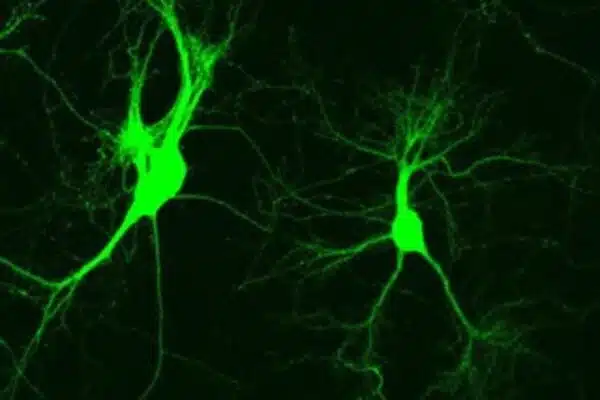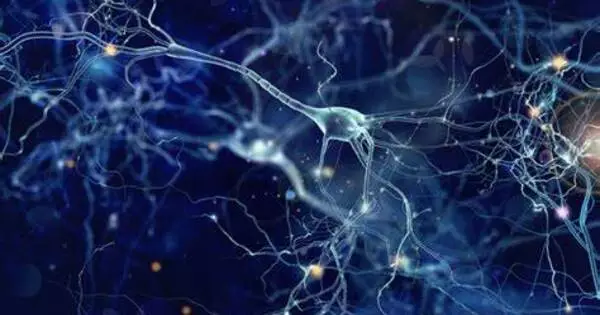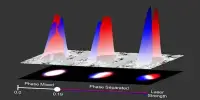Neurons, fireflies, and Nutbush dance may appear unconnected, but they are linked by a common theme: synchronization. Neurons are the basic building elements of the nervous system, responsible for conveying information via electrical and chemical impulses. Fireflies are noted for their ability to synchronize their bioluminescent flashes. This behavior is known as “firefly synchronization.” It is a natural example of how certain biological creatures can coordinate their behavior in groups.
Synchronicity is all around us, but it is hardly understood. Computer scientists have recently devised new techniques to investigate how human and natural networks desynchronize.
Computer scientists and mathematicians from the University of Sydney and the Max Planck Institute for Mathematics in the Sciences in Germany have devised new methods to characterize what many of us take for granted: how easy or difficult it is to slip in and out of sync.
Synchronized occurrences are all around us, whether it’s humans clapping and dancing, the way fireflies flash, or how our brains and heart cells cooperate. However, it is something that is not fully understood in engineering and science.
Our primary discovery is that the more frequently paired walks on a network are convergent, the lower the quality of synchronization on that network structure.
Associate Professor Lizier
Associate Professor Joseph Lizier, an expert in complex systems at the University of Sydney, said: “We know the feeling of dancing in step to the ‘Nutbush’ in a crowd – or the awkward feeling when people lose time clapping to music. Similar processes occur in nature, and it is vital that we better understand how falling in and out of sync actually works.
“Being in sync in a system can be very good; you want your heart cells to all beat together rather than fibrillate. But being in sync can also be very bad; you don’t want your brain cells to all fire together in an epileptic seizure.”
Associate Professor Lizier and colleagues at the Max Planck Institute in Leipzig, Germany have published new research on synchronisation in the Proceedings of the National Academy of Sciences (PNAS).
The paper explains how the network structure connecting a group of separate pieces influences how well they can synchronize their activity. It provides an important insight into how these systems work since, in most real-world systems, no single element governs all of the others. Furthermore, no single person can observe or react to everyone else because they are only linked by a network.

Associate Professor Lizier, from the Centre of Complex Systems and the School of Computer Science in the Faculty of Engineering, said: “Our results open new opportunities for designing network structures or interventions in networks. This could be super useful in stabilizing electricity in power grids, vital for the transition to renewables, or to avoid neural synchronization in the brain, which can trigger epilepsy.”
To understand how these systems work, the researchers studied what are known as “walks” through a network in a complex system. Walks are sequences of connected hops between individual elements or nodes in the network.
“Our math examines paired walks,” explained Associate Professor Lizier, “where you start at one node and set off on two walks with randomly chosen hops between nodes for a specified number of steps.” These two paths could lead to the same node (convergent walks) or to separate nodes (divergent walks). Our primary discovery is that the more frequently paired walks on a network are convergent, the lower the quality of synchronization on that network structure.”
This is great news for the brain, where synchronization is undesirable since it can lead to seizures. Because the brain is largely modular, it has a significant fraction of convergent walks, which naturally pushes it away from epilepsy.
“We can even draw an analogy to social media with the echochamber phenomenon,” co-author Jürgen Jost, whose group also studies social network dynamics, said. “Here we see sub-groups reinforcing their own messages, via convergent walks within their own group, but not necessarily synchronizing to the wider population.”
The findings advance the understanding of how the topology of complex networks impacts their dynamics or computation, such as how brain structure supports cognition.















